Back to nature: OSGF landscaping talks conservation, current projects
OSGF
“That its natural resources will continue to protect wildlife, wild flowers, birds, bees, fish. That the land will be cultivated, mowed or grazed as those in charge see fit and that in those in whose custody it be left will be selfless in the pursuit of caring. ”
The Oak Spring estate has always been a place tucked away from the bustle of the world, where native plants and animals can thrive. Conserving the land for local wildlife has become even more vital in recent years, as the population grows and neighborhoods and businesses move into once-rural areas: neighboring Loudoun County, for instance, is the fastest-growing in Virginia, and one of the top 20 fastest-growing counties in the country.
For Oak Spring’s landscapers, headed by Clif Brown, ensuring that the land is primed for native species has meant transforming hundreds of acres of former horse pastures into wild meadow and forest. While not an easy task, it has been one full of surprises, challenges, and opportunities for study and experimentation. As we move into the colder months, the landscaping team has been busy preparing the land for the following spring. Here are some of the current projects they’ve been working on.
Natural Regeneration
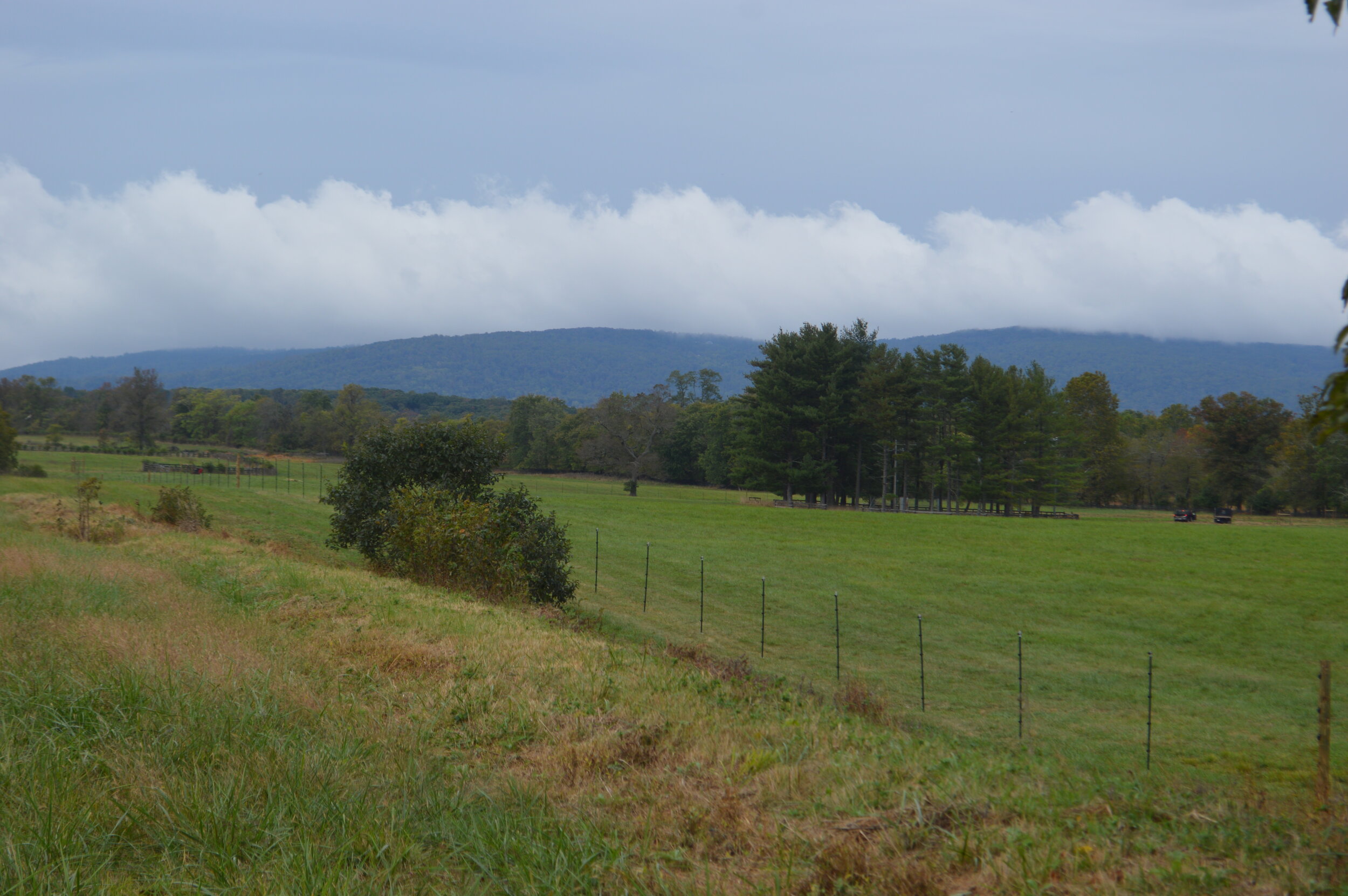
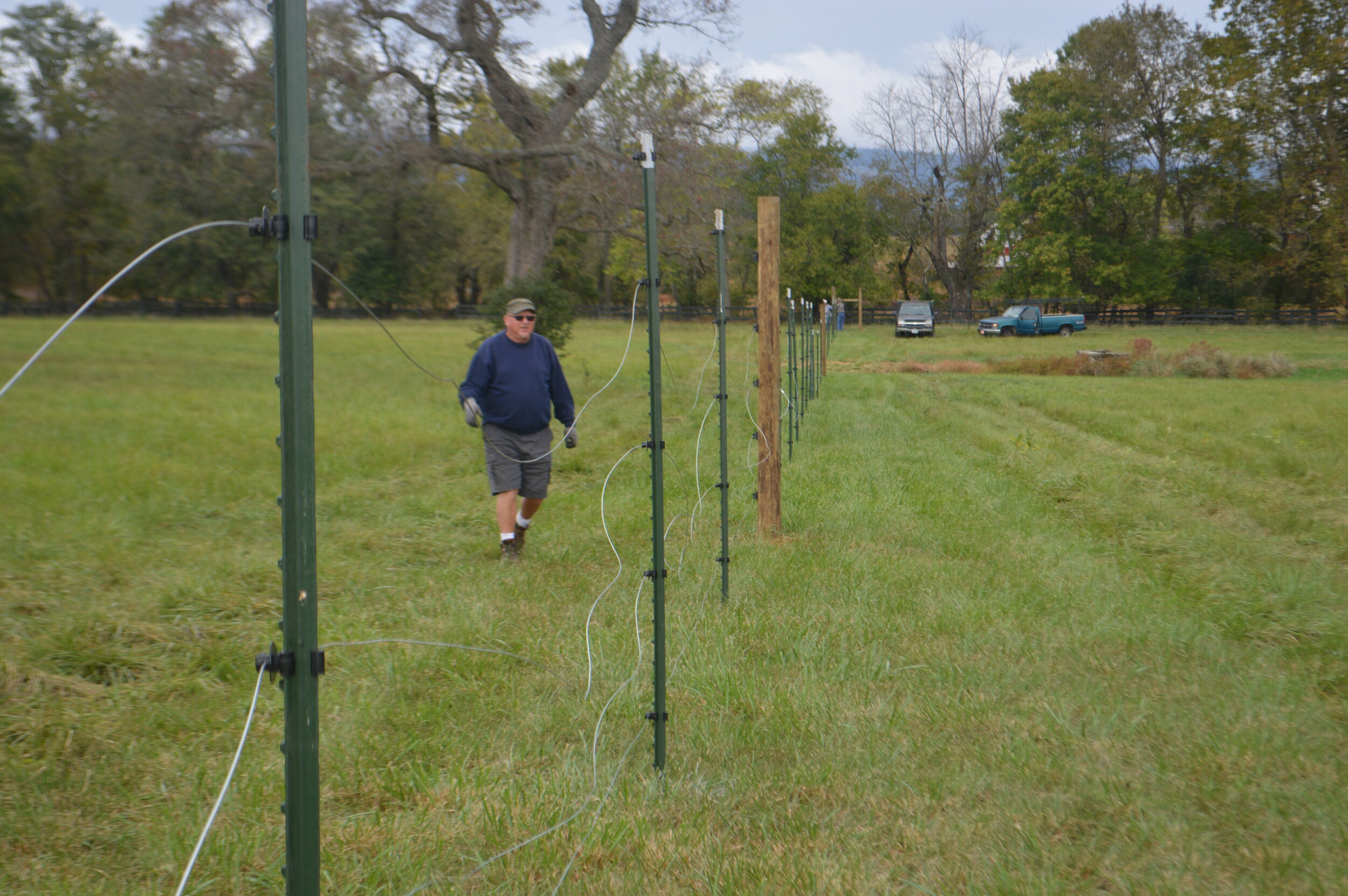
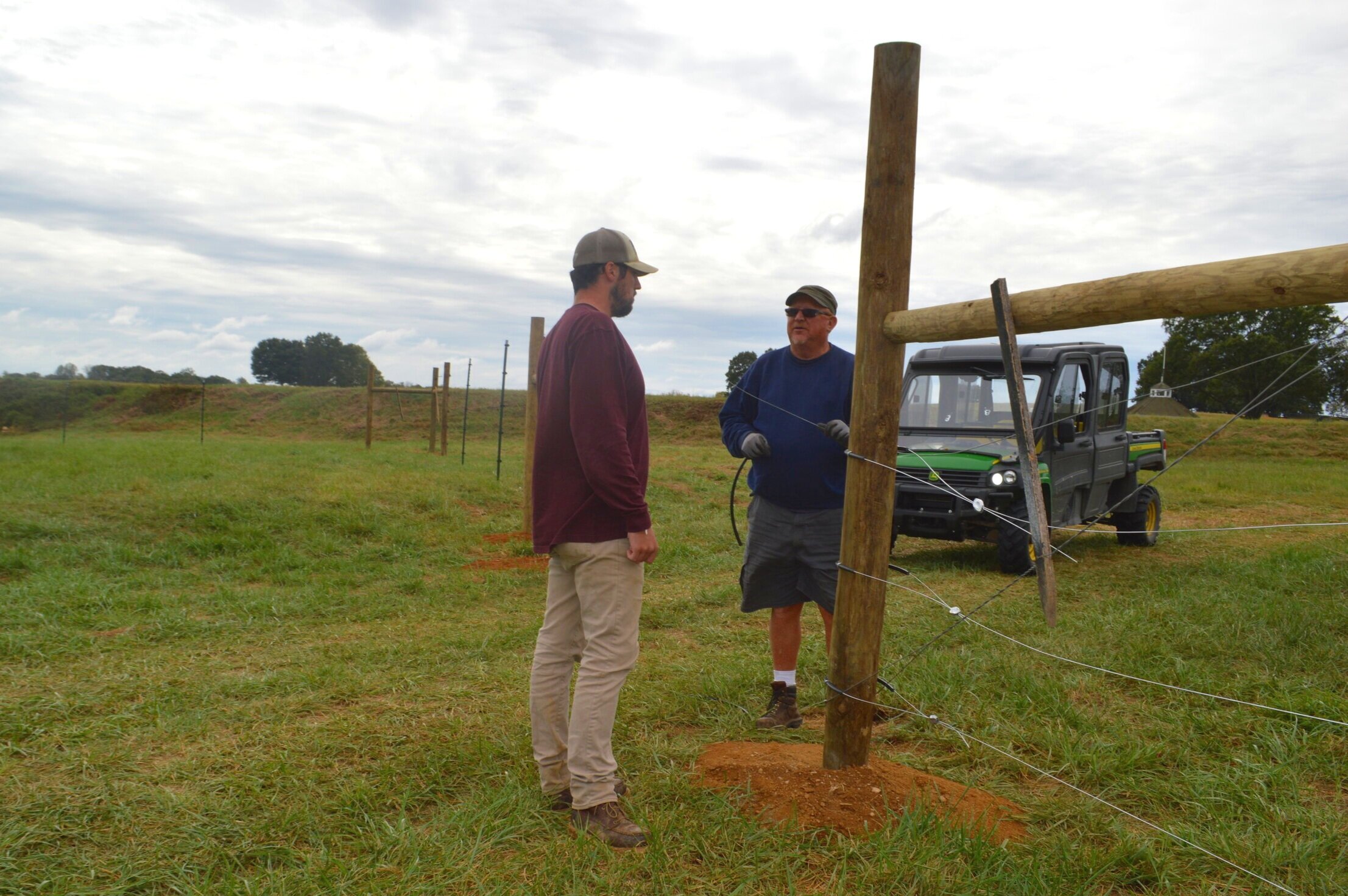
Sitting alongside Oak Spring’s mile-long airstrip is about 44 acres of pasture, destined for new life. The pasture is a natural regeneration project: having recently completed the installation of a solar-powered deer fence in order to keep pests away, the team, in consultation with the Yale School of Forestry and Environmental Studies, is basically going to see what the area does when left to its own devices.
Of course, there is more to natural regeneration than stepping back and letting nature take the wheel: aside from the challenge of removing old fencing and other materials, livestock pasture tends to be nutrients-rich, which attracts a plethora of invasive and exotic plant species, said Clif. Keeping the ground “neutral” and primed for more desirable native species is a major goal of the landscaping crew.
Reforestation
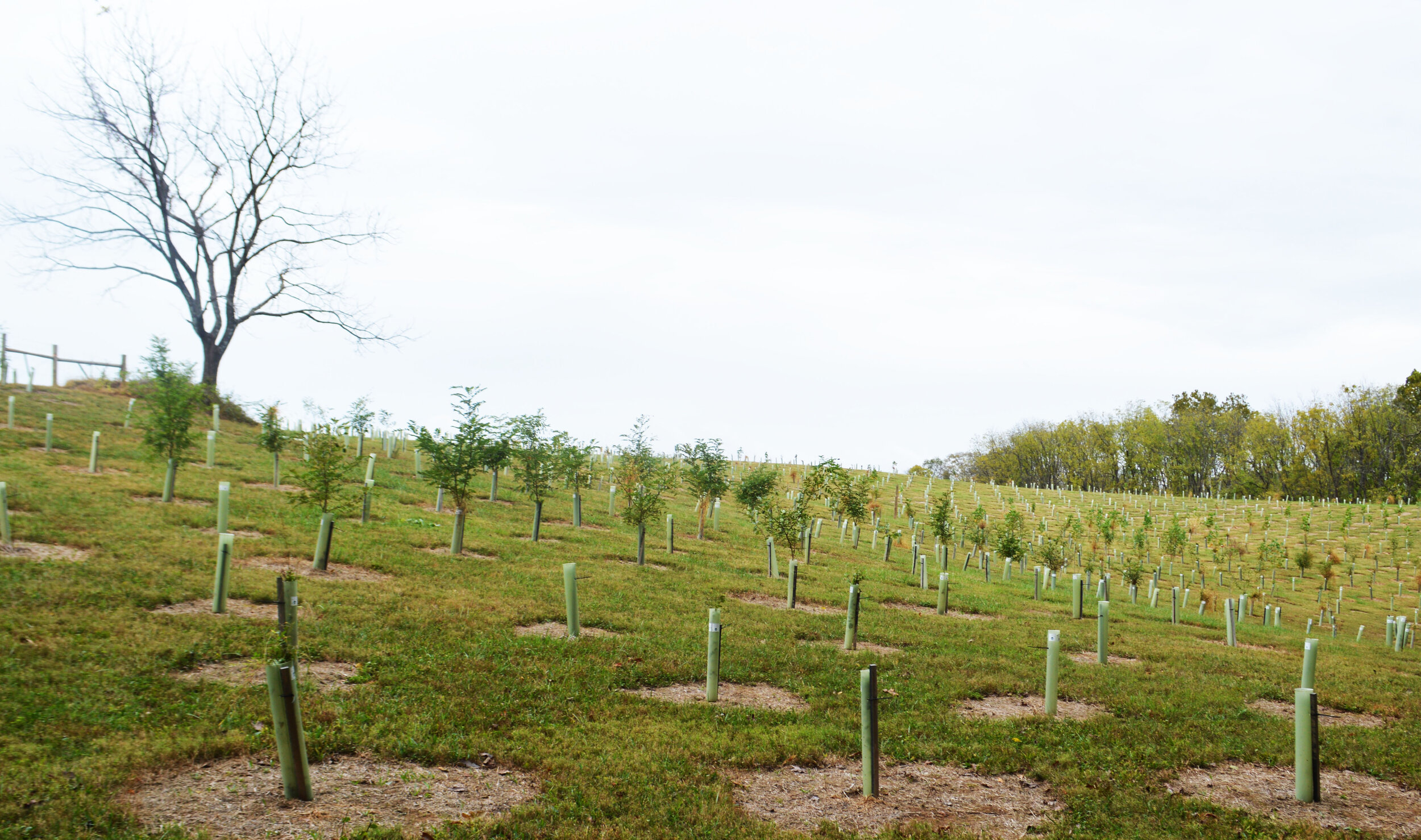
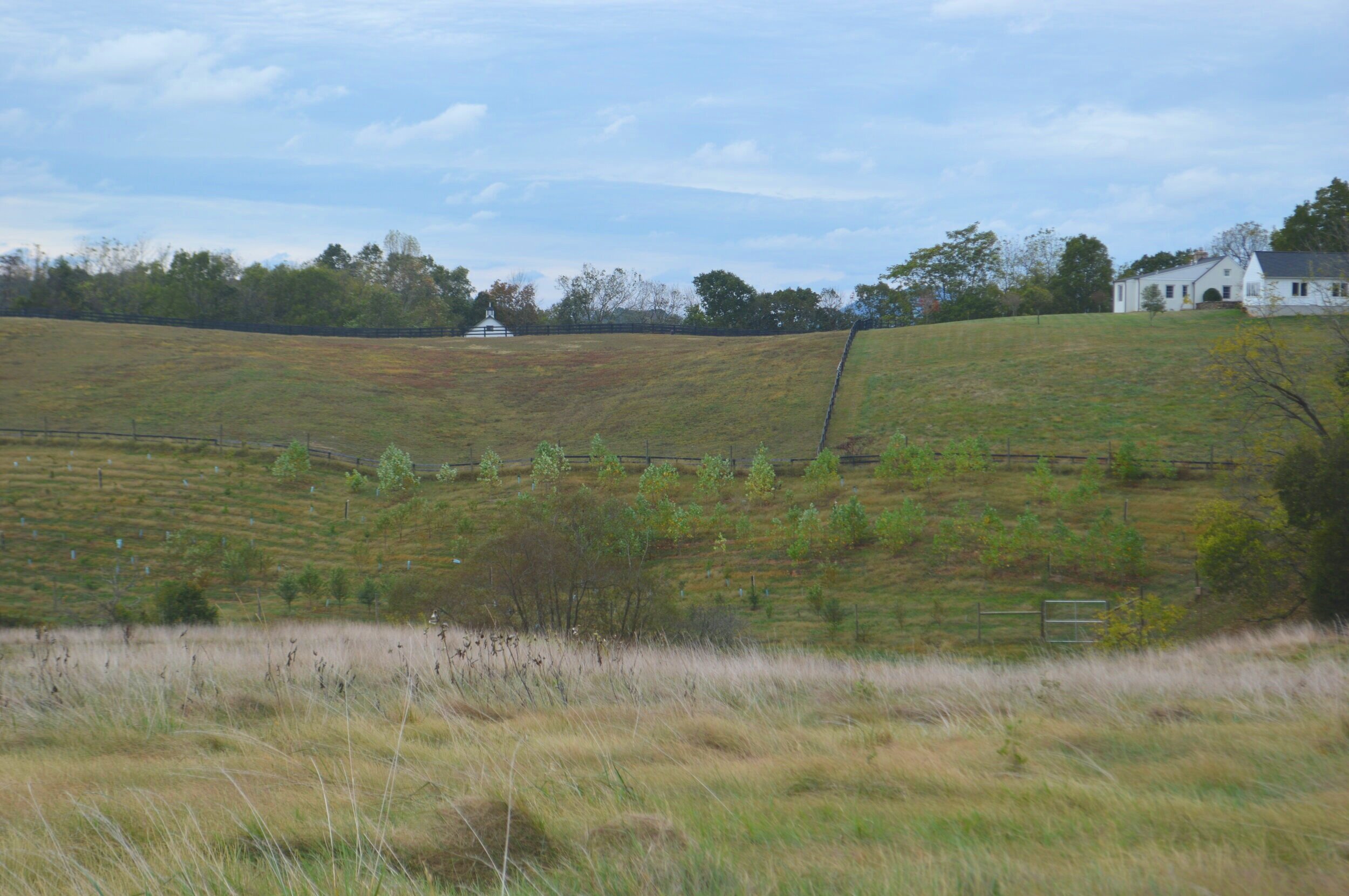
Having both forest and wild meadows on the property creates environments where a variety of native plant and animal life can thrive. Native woodlands, which serve to stabilize the soil and create vital wildlife habitats, among other benefits, are essential to a balanced Virginia piedmont ecosystem. For the landscaping team, that has meant planting several plots with thousands of baby trees.
Although it will be quite a while before Oak Spring’s fledgling forests grow large enough to create a desired canopy, initial planting efforts have been successful: a plot of native hardwood seedlings on the Northeast side of the property, planted last year, has already had above an 80% survival rate (a number Clif and the team are very happy with: seedlings are delicate, and it is expected that some of them will not survive a large-scale planting effort.) The team is currently preparing to add about 3,000 more trees this December.
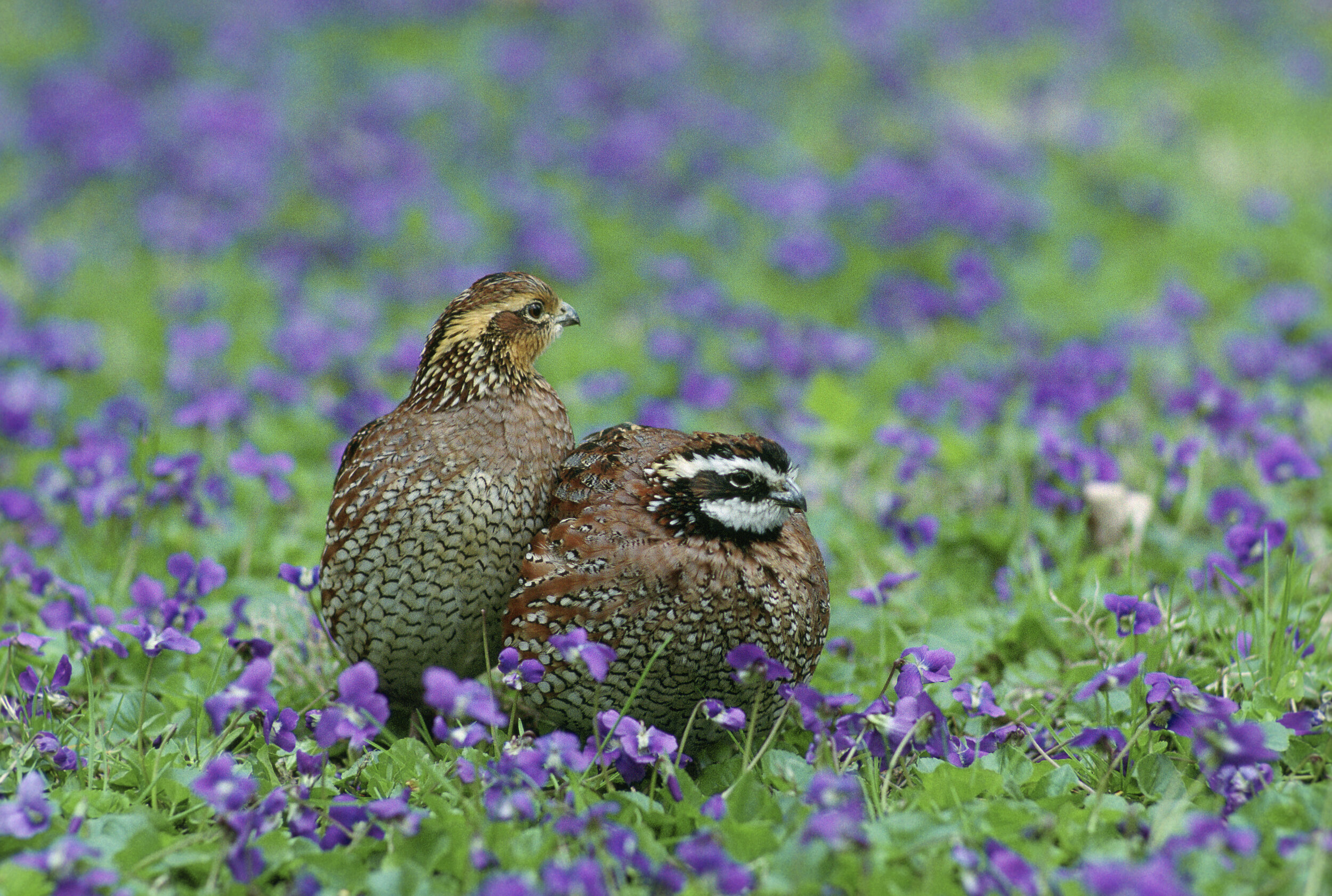
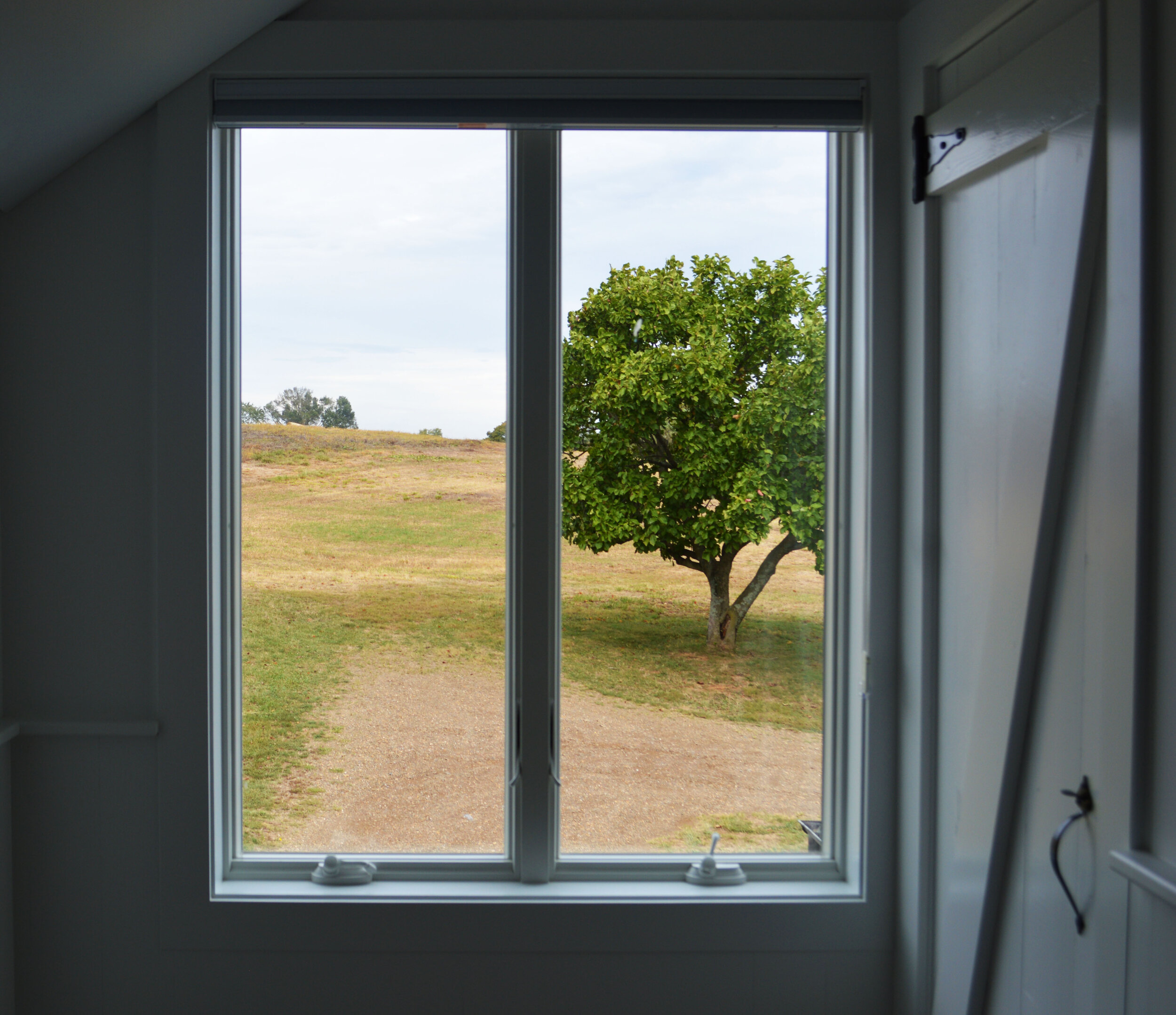
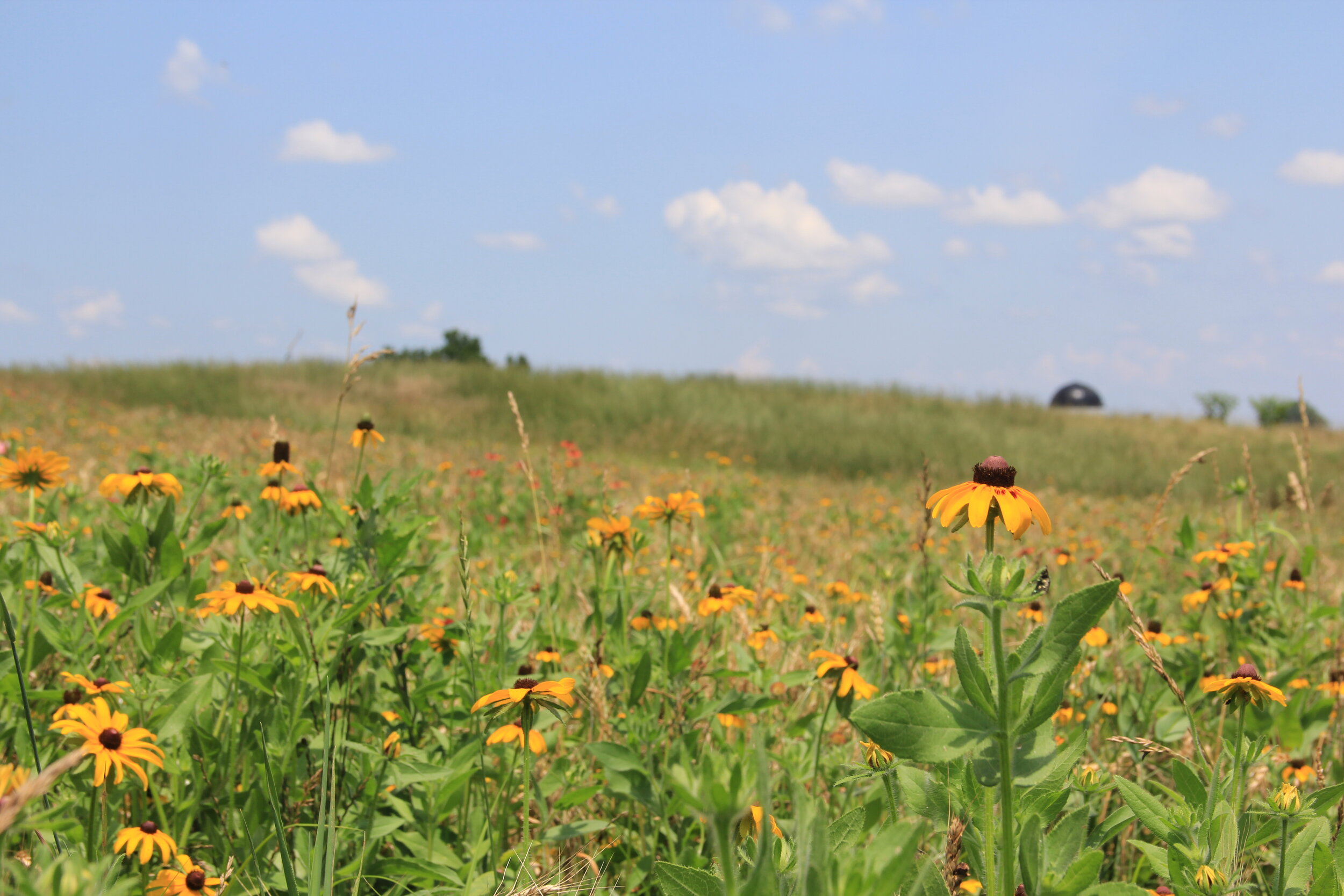
Bringing back the birds
Aside from their beauty, wildflower meadows and grasslands create important habitats for certain bird species. Grassland birds are in decline across the country, largely due to habitat destruction brought about by large-scale agriculture and urbanization. Creating places for these birds to live and breed, and taking care to ensure they are not disturbed by mowing and hay-making, has been a priority for OSGF, and the efforts show: since OSGF began the laborous task of converting pasture into meadow, bobolinks, grasshopper sparrows, and the Eastern meadowlark have all moved onto the property. Another new resident that has been spotted in the converted fields is the Northern bobwhite or Virginia quail: a native species whose population has fallen 85 percent in the past several decades.
“Seeing the birds come back is pretty amazing,” said Clif.
Want to learn more about the landscaping team’s restoration and conservation efforts? You can read about their work on our website, as well as in this 2018 story from Middleburg Life about bird conservation on Rokeby Farm.
Additional Source: Michael Gaige. Rokeby: A Landscape Biography. April 2019.
